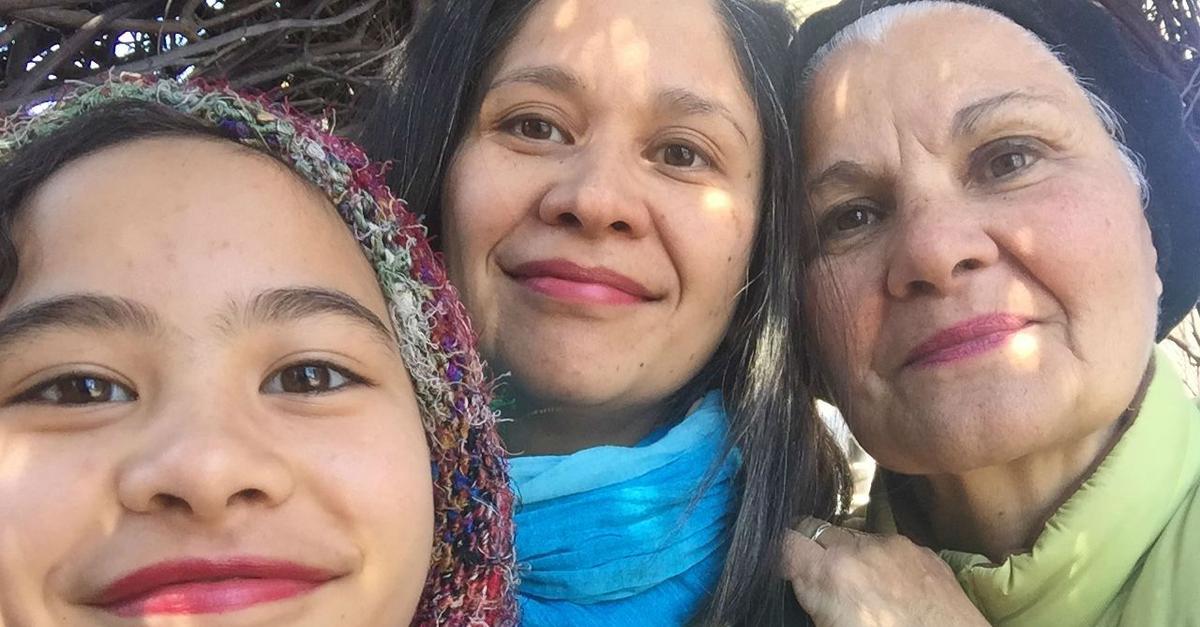One possible antidote to the misappropriation of multiracial identity is for Loving Day celebrations to focus upon what was the ultimate civil rights objective of the Loving v. Virginia decision – the impermissible pursuit of what the Supreme Court there termed “White Supremacy.” This is because interracial bans only prohibited interracial marriage involving white persons. Fifty years later, after the Loving v. Virginia decision, interracial marriage bans no longer exist, but White Supremacist violence and rhetoric still flourish. Whether or not Loving Day ever becomes an official federal holiday, it is to be hoped that its celebrations will specifically commemorate the decision’s fundamental civil rights concern with racial hierarchy.
Tanya K. Hernández, “What the“Loving Day” 50th Anniversary Celebrations of the Loving v. Virginia Court Decision Really Need – A Challenge to Ongoing White Supremacy,” The Huffington Post, June 11, 2017. http://www.huffingtonpost.com/entry/593b4961e4b094fa859f1878.



